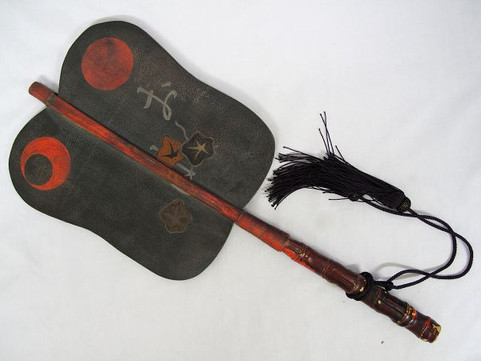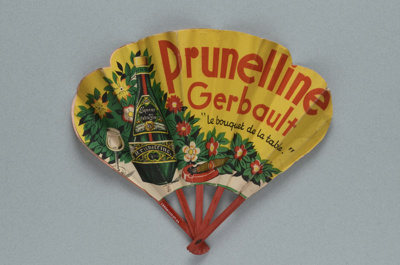About Hand Fans
- Katerina
- 4 мар. 2021 г.
- 3 мин. чтения
A hand fan is perhaps my favourite accessory. Any hand fan attracts my attention and bewitches. Alas, today, except museums, we can see them mainly as a part of a historical costume in a cinema or on the stage, an addition to a carnival costume, a souvenir from hot countries, a collectible, or a wall decoration. Sometimes hand fans appear on catwalks and in photoshoots for fashion magazines.
Kirsten Dunst in “Marie Antoinette” (2006) and Barbra Streisand in “Funny Girl” (1968):
Marilyn Monroe in “Some Like It Hot” (1959):

The idea for the hand fan came from a palm leaf, which in southern and eastern countries was used during the heat to create a breeze and repel insects. The first hand fans were made of wood, bronze, peacock feathers. Huge hand fans with long handles were a symbol of the high status of their owner, who was fanned by his servants. In ancient Greece, the hand fan was considered an attribute of Aphrodite, the goddess of love.
In Japan, the hand fan was used as a weapon: a large hand fan made of iron or wood with metal elements allowed men to hide from the arrows and darts of the enemy, protected from the sun, and gave signals to the troops.
In China, a hand fan on the wall protects a home from poor energy and unfriendly people. The main thing is to place it correctly according to Feng Shui.

In the 16th century, folding hand fans appeared in Europe. They were brought by ships from exotic countries along with other unusual oriental items. Initially in Europe, they were used during the Venice carnivals, and after 100 years the fan has already become the item for a palace ceremony. Louis XIV, King of France, even established a workshop for hand fan crafts. The hand fan was a ladies' constant companion during walks and travels, home appointments, and balls. Using a hand fan was considered a sign of good manners and the ability to follow fashion. This is confirmed by portraits of noble ladies. At that time, hand fans were only worn by aristocrats.
Every debutante before her first appearance had to learn the art of handling a fan. The hand fan has lost its original purpose and acquired new functions. It became a means of communication and a secret weapon of seduction. Ladies, without uttering a word, with the help of a hand fan, could give the gentlemen secret signs about their desires and feelings.
In the 17th and 18th centuries, the popularity of the hand fan was at its peak. Fans were made of turtle shells, velvet, lace, and silk. The handles of the hand fans were decorated with silver, gold, pearls, and precious stones. Sometimes a mirror was inserted into them. Hand fans have become a luxury item, they were decorated by famous artists. The prices of such hand fans were so high that people pledged their gambling debts with them. Some of the surviving fans, in terms of the quality and characteristic features of the painting, can quite thoroughly be considered as a work of art.
In Russia, since the XVII century, hand fans were used exclusively by members of the royal family and their entourage. This item was the most widespread during the reign of Catherine II. Ladies were forbidden to go out without this accessory. Hand fan fashion was constantly changing: shape, size, colors, decorations, materials.
The hand fan of Catherine II:

In the middle of the 18th century, hand fans became available to representatives of the bourgeoisie.
Throughout the 19th century and Belle Epoque, the hand fan remained a fashion accessory. Women's fashion magazines advised how to choose the right hand fan for the outfit according to the age and marital status of the hostess, as well as the type of event.
Queen Victoria with a hand fan:

World War I and hand fans were incompatible, and during the Roaring Twenties, the hand fan experienced its last heyday. Hand fans made of ostrich feathers were very popular. They were popularized by silent film actresses. This led to a significant reduction in the ostrich population.
Under the influence of the "Russian Seasons", it was fashionable to decorate hand fans with Chinese, Arabian, and Russian motives. Also, there were hand fans-menus, hand fans-programs in theaters, hand fans-advertising.
Several hand fans that I have seen in various museums during my travels.
Hand fans in Victoria and Albert Museum in London:
Lace hand fan in Lace Museum in Brussels:

Hand fans in Design Museum in Barcelona:
Turtle shell hand fan in Kelvingrove Art Gallery and Museum in Glasgow:

Hand fan in Warsaw National Museum:





























































Комментарии